When I think of funerals, I don't think of the sorrow or deep sadness they often invoke. Rather, I think of celebrating the life of a loved one.
Although you may find some of the practices on this list to be unusual — much like these whimsical coffins — I think it's important to keep an open mind.
These 15 fascinating burial customs from are the world have one thing in common: their intention to honor the dead.
In the words of the late Steve Jobs: "No one wants to die. Even people who want to go to heaven don't want to die to get there. And yet death is the destination we all share. No one has ever escaped it. And that is as it should be, because Death is very likely the single best invention of Life. It is Life's change agent. It clears out the old to make way for the new."
Each culture has different beliefs — heck, each person does — about what happens after we die.
From the United States all the way to Tibet, every funeral is unique in its roots and tradition.
No matter what your belief is, I think you can agree that every culture should celebrate the legacy of the people in its community.
SHARE if you found these customs interesting.
Launched Into Outer Space
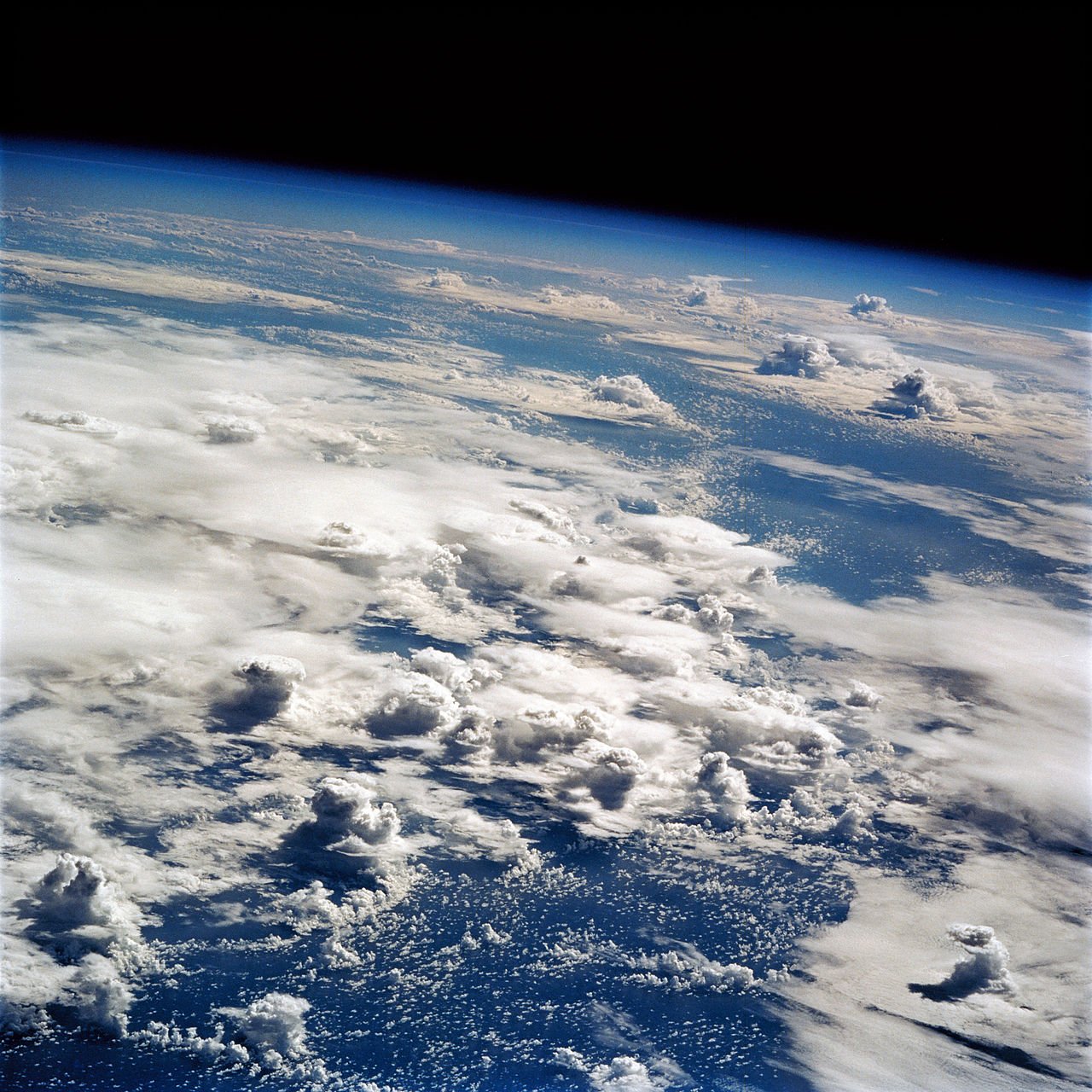
For a cool $12,500, a company called Celestis will launch your corpse into deep space.
Famadihana
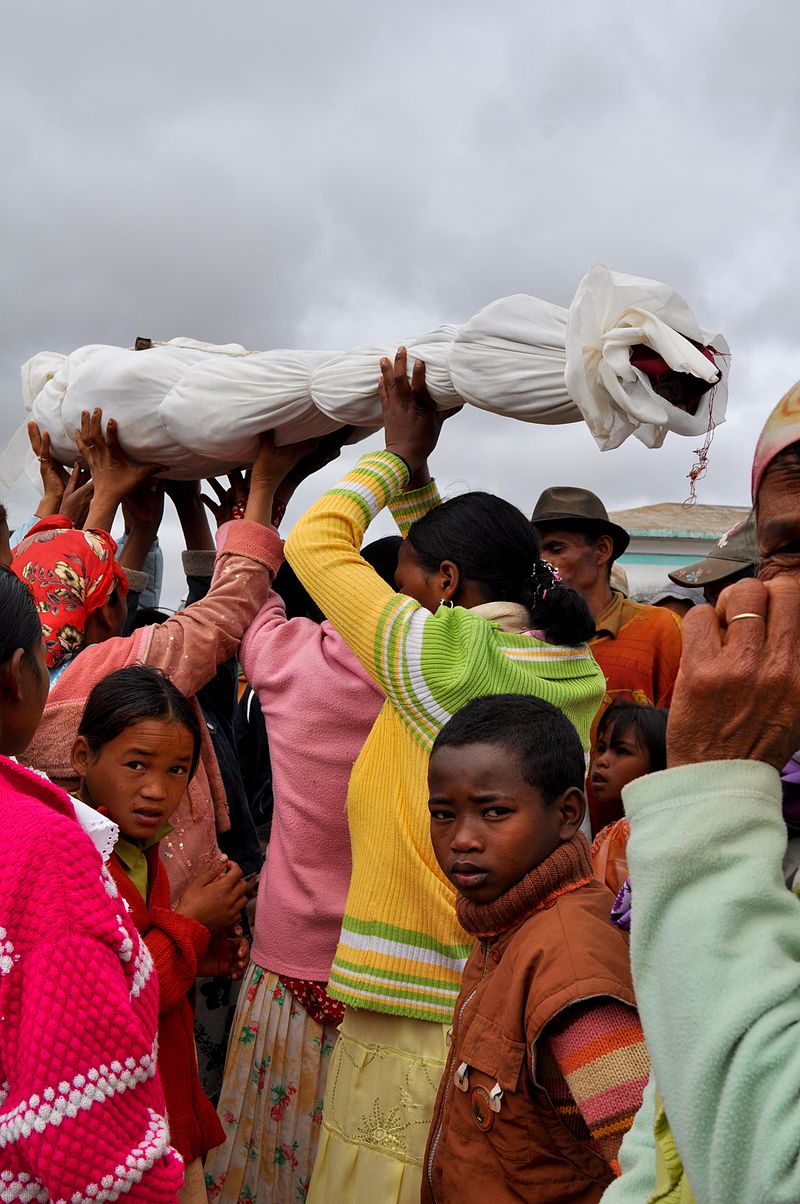
Known as the "turning of the bones," Famadihana is a funeral tradition of the Malagsy people in Madagascar. To honor their ancestors, the Malagasy excavate the bones of their loved ones from family crypts. They rewrap them in fresh cloth and dance around the tombs to music.
Cryopreservation
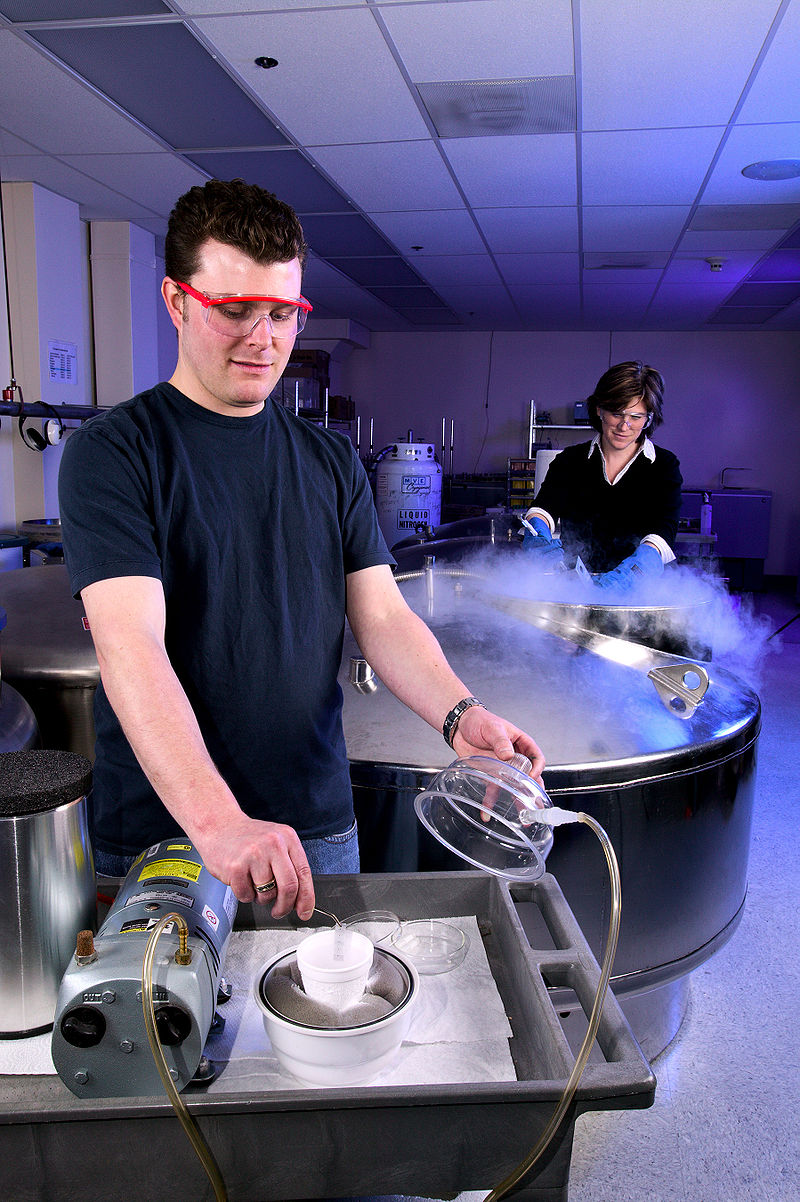
If you're a very wealthy person with a deep optimism in our technological future, you can have your body stored in liquid nitrogen until scientists figure out a way to make death reversible. Good luck with that!
Tree Burials
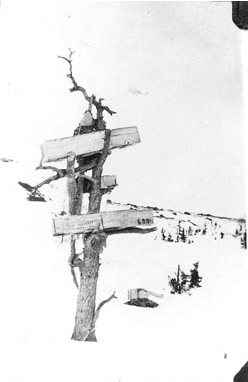
Once common amongst North American natives, Australian Aborigines and the Balinese, coffins were scaffolded in trees rather than placed under the ground.
Bye-Bye Coffins
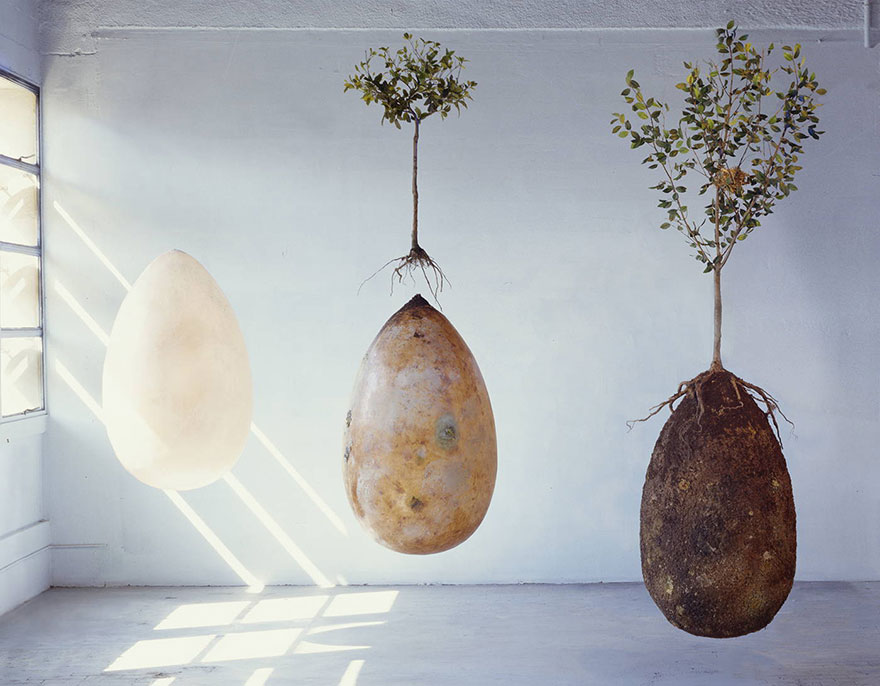
Don't be too quick to judge cultures that connected the dead to the beauty of botanical life. Today, there are companies in that will gladly turn your corpse into a tree. They're called "Bye-Bye Coffins," and they bury the body, posed in the fetal position, in a pod that enables the tree to take root above. I think it's pretty incredible!
The Hanging of Coffins
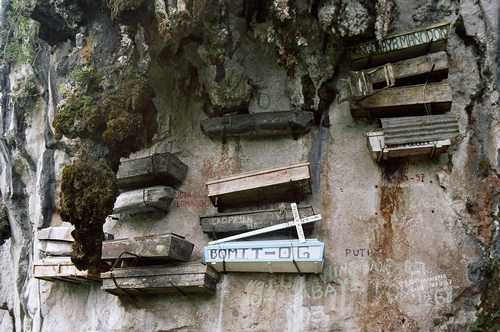
Chinese dynasties once displayed coffins on high rock cliffs. Their belief was the closer to the sky, the closer to heaven.
The New Orleans Jazz Funeral
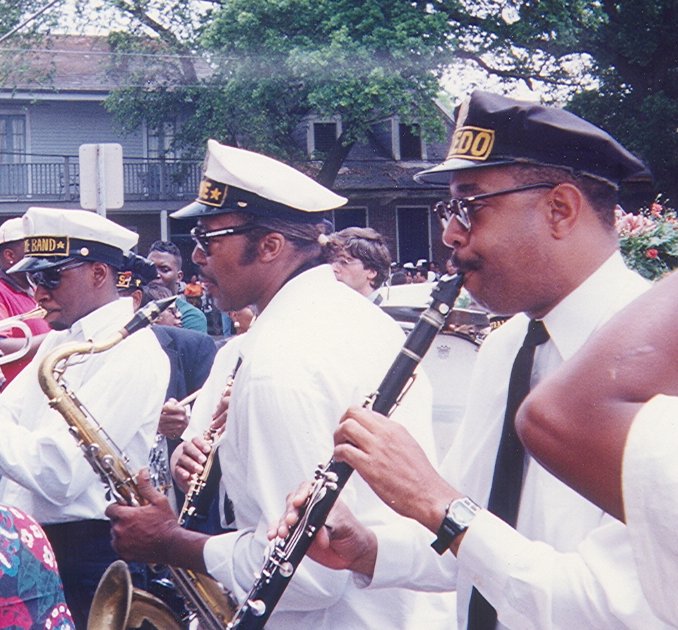
New Orleans has always been a diffusion of Black, French, and West African culture, and the state's jazz funerals are a testament tothat. During a jazz funeral, mourners and a marching band parade through the streets. They begin with sorrowful sounds and steadily shift to more upbeat music. It's a way of both mourning a death and celebrating a life.
Sky Burials
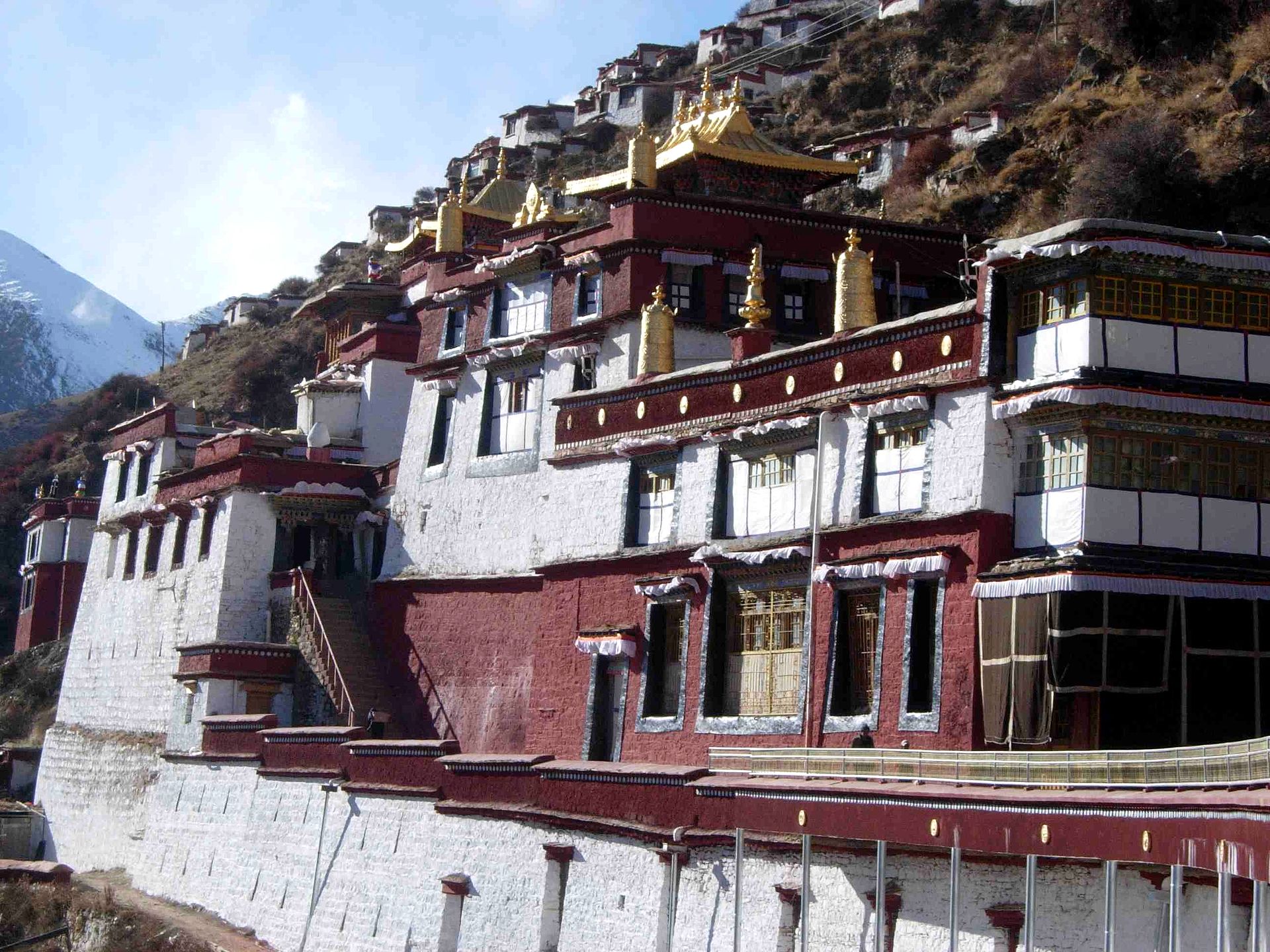
For the Vajrayana Buddhists in Mongolia and Tibet, the body is merely a vessel for the soul. When one dies the soul goes to heaven, while the body is earthbound. To ensure this, the body is chopped into pieces, placed on a mountaintop, and left to be recycled with the elements.
Ghana Fantasy Coffins

Instead of being buried in a boring old box — not that there's anything wrong with that — the people of Ghana choose to be buried in their aspirations or identity. For example, a pilot may choose to be buried in a coffin shaped like an airplane, or a farmer may choose to be buried in one that looks like a chicken.
Viking Funerals
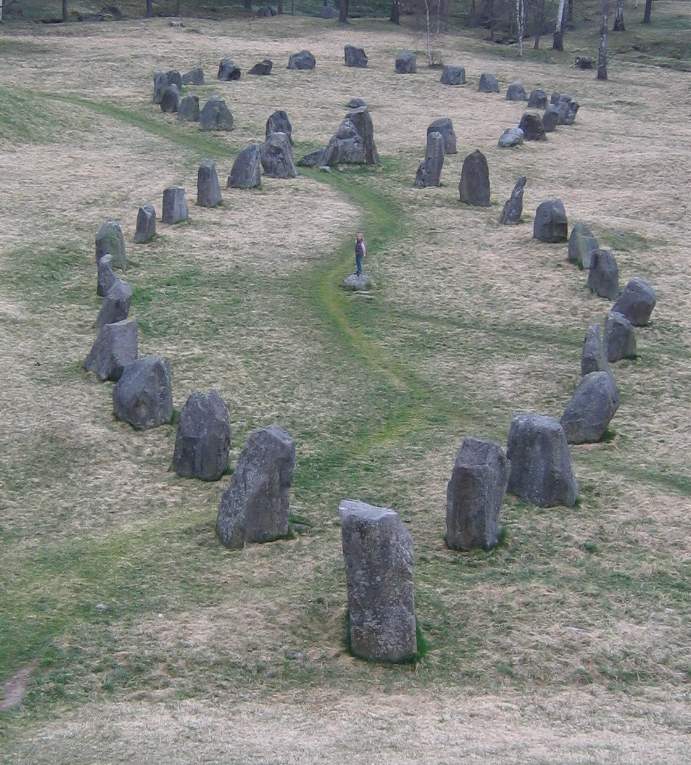
As a seafaring people, one of the ways the vikings would honor and bury their dead was by creating massive holes shaped like ships and adorning them with stones. The men would be buried with their weapons, while the women would be buried with their finest jewelry.
Mummification

The ancient Egyptians reserved this practice for the upper echelon. They would remove the internal organs of the body — a practice adopted by the modern world — then wrap it in bandages.
Balinese Cremation
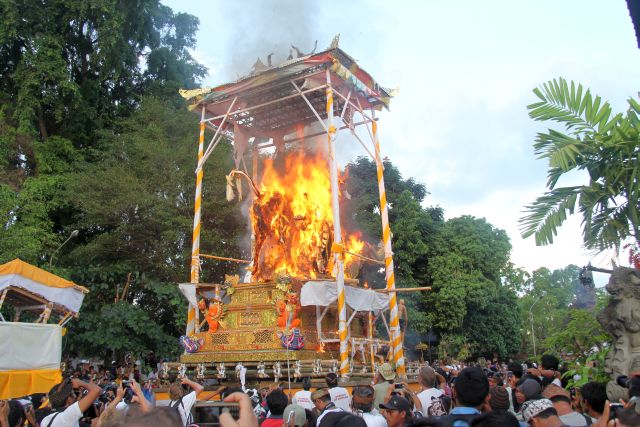
Balinese cremation ceremonies are almost like festivals. The body is escorted in a festive float to the cremation via a parade.
Plastination
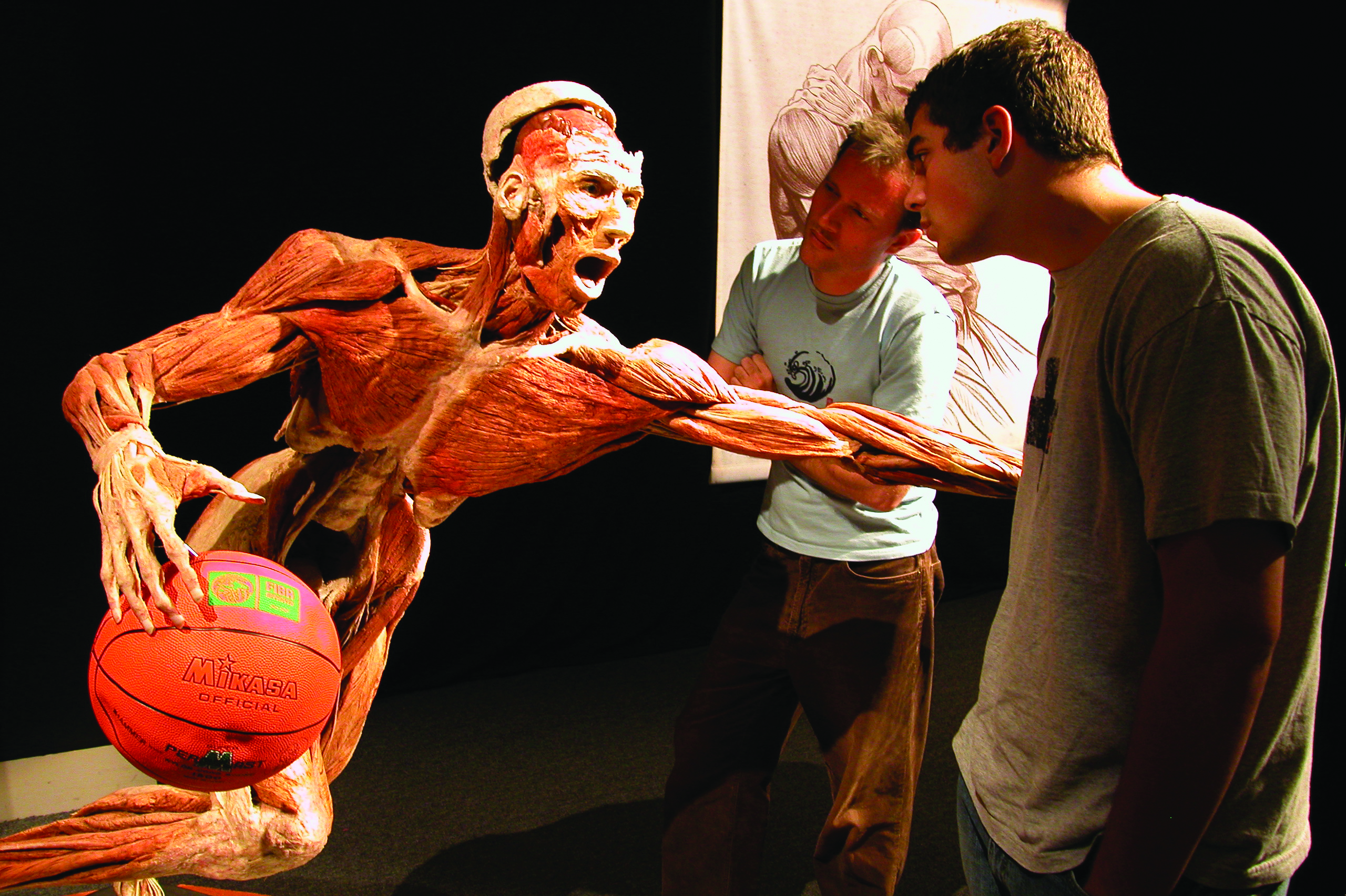
Your body can be put on display in a museum, and possibly sliced and diced, for show. The process involves being embalmed with a hardening fluid. Hey, it's for science!
Life Gem

You or your loved one can be turned into a synthetic diamond for $3,000–$20,000. What is done with that diamond? Now that is up to you.
Burial
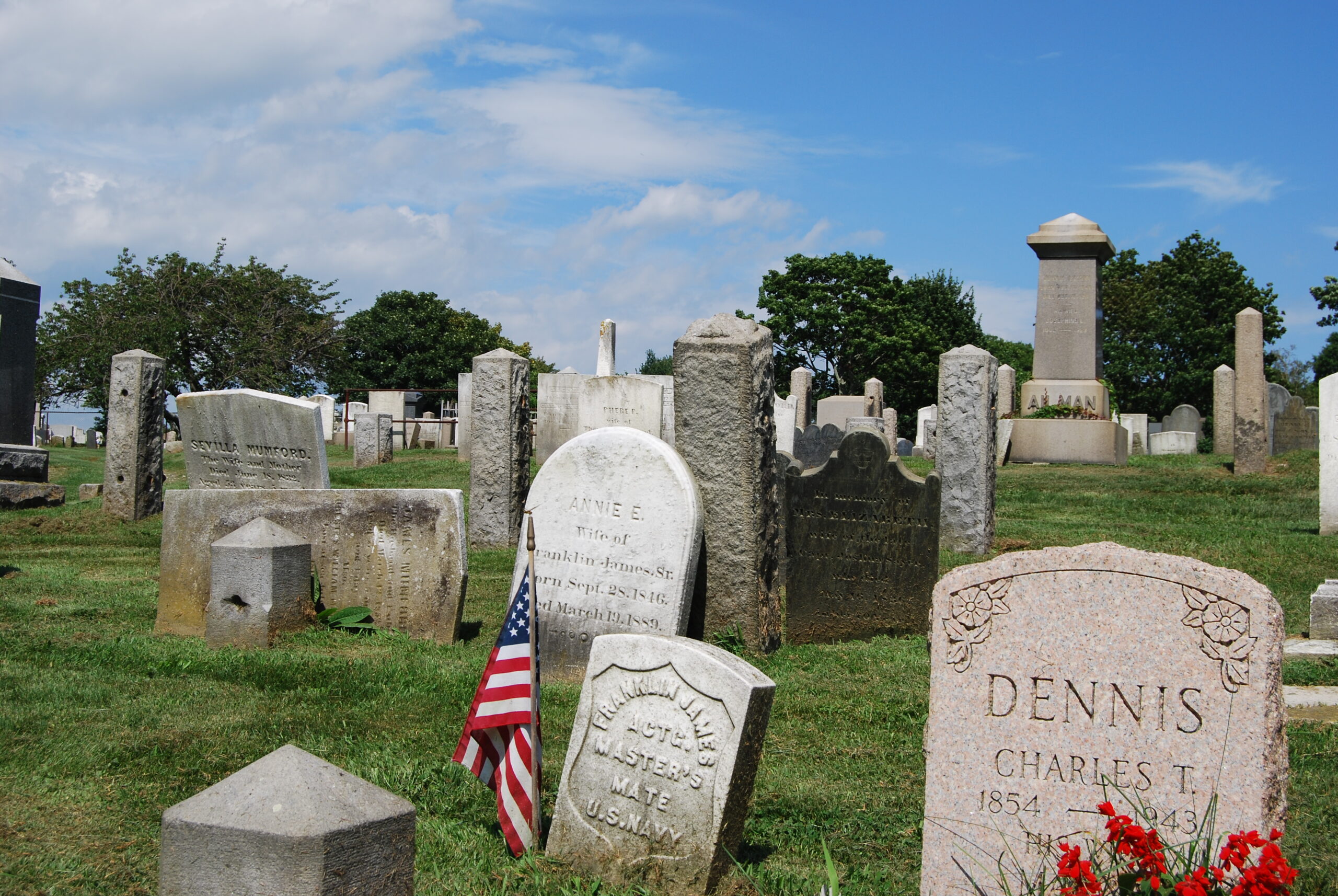
While it may seem "normal" to us, like most ways we honor the dead, it is culturally specific and somewhat arbitrary.
Despite popular belief, according to the World Health Organization, there is no hygienic necessity to burying bodies. Only bodies with contagious, infectious diseases need to be buried.
Neanderthals were the earliest humans to have intentionally buried dead bodies in the ground. While many cultures, from East to West and century to century, engage in this practice it means something different in every context.
For some, the practice is necessary for the body to reach the afterlife; for others, it is for closure; and for some, it is to be repurposed back into nature.
However we choose, honoring the ones we love, is a beautiful practice.
SHARE if you found these traditions fascinating.




